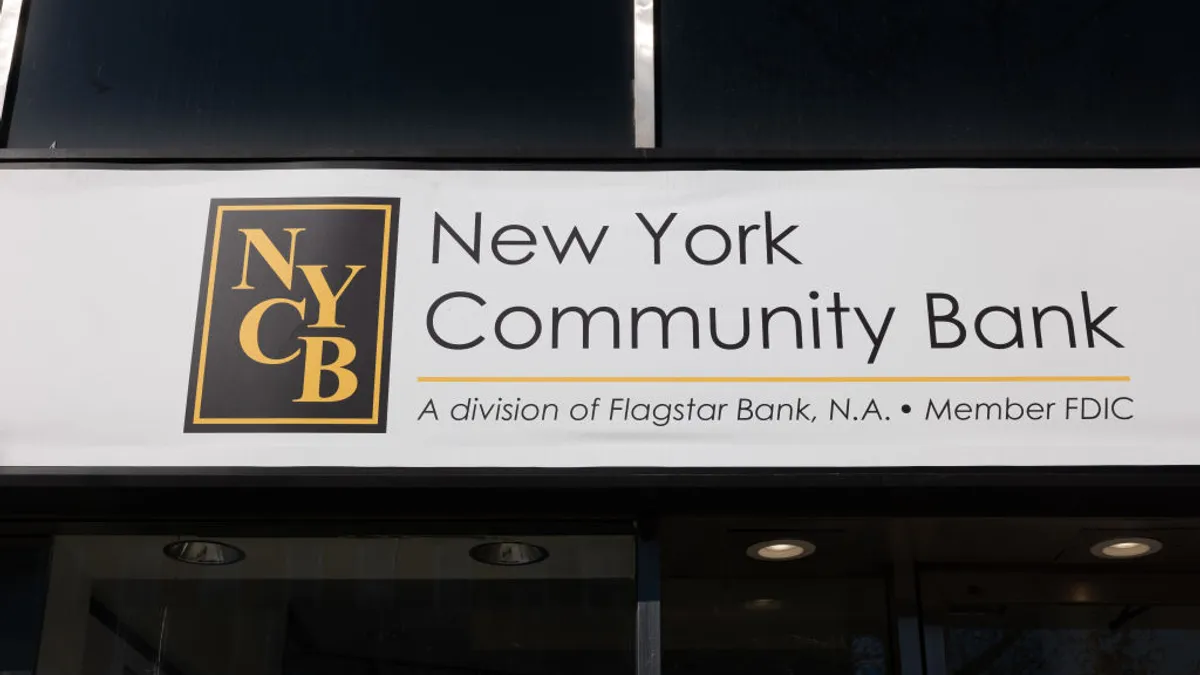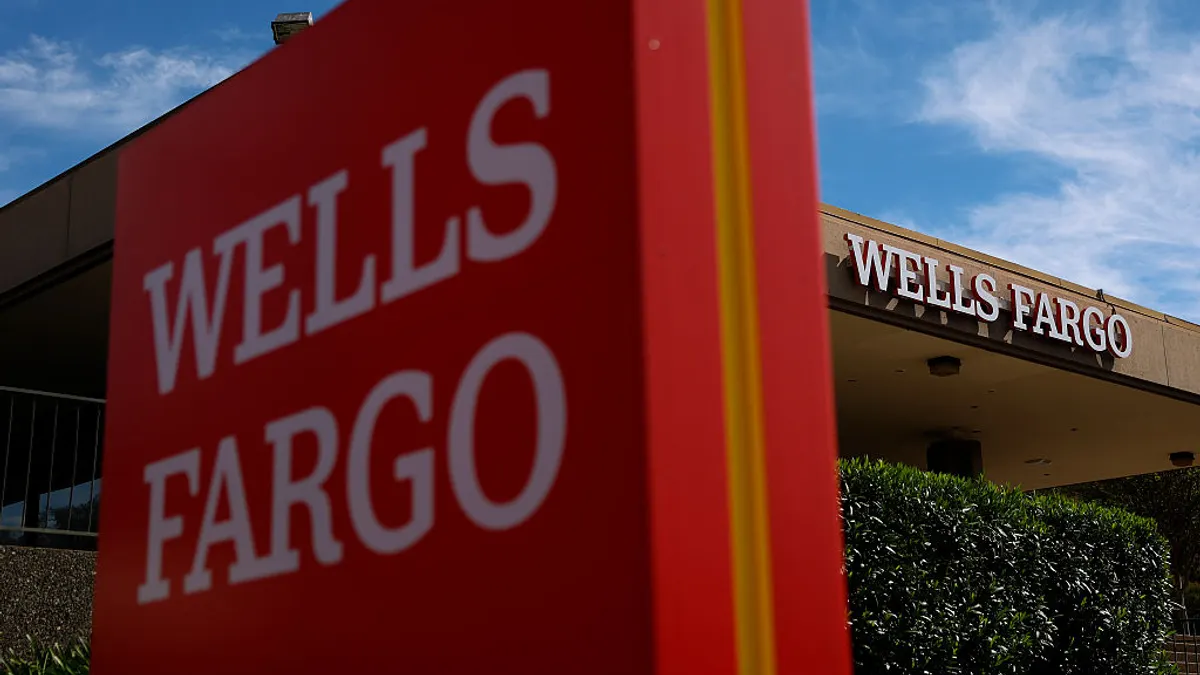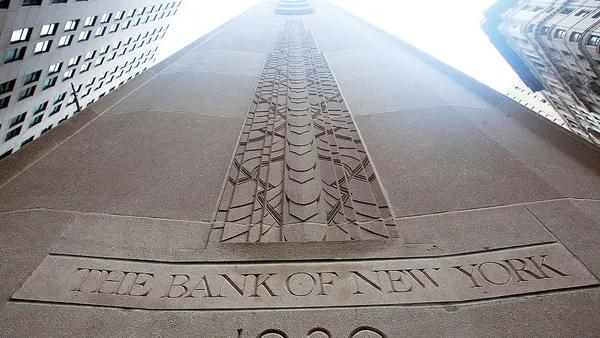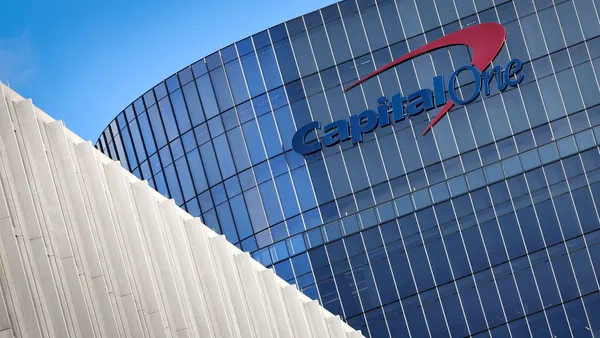Dive Brief:
- Flagstar Bank plans to hire an additional 80 to 90 commercial bankers this year, as the lender works to build its commercial and industrial business as part of ongoing turnaround efforts.
- Hicksville, New York-based Flagstar added 15 bankers during the first quarter, totaling 75 hires across its commercial bank since June 2024, CEO Joseph Otting said during the bank’s first-quarter earnings call Friday.
- The bank reported another quarterly loss, of $100 million, although executives are targeting profitability in the fourth quarter. “Where we sit today, we feel very confident on the turnaround of the company,” Otting said. “We’re going to look like a completely different company when we end the year.”
Dive Insight:
Otting also addressed his timeline at the helm of the bank. Installed as CEO in March 2024, after Liberty Strategic Capital and other investors agreed to plow $1.05 billion into the struggling bank, Otting agreed to occupy the CEO role until March 2027, according to a securities filing last month.
“In 2027, we’d be looking to transition the CEO role to another person, and then I would stick around for a period of time if the board wants me to after that, to help lead and manage the company,” he said.
As Flagstar – formerly New York Community Bank – strives for a more balanced mix of consumer, commercial and industrial, and commercial real-estate business, the lender’s goals this year include improving its earnings profile, executing on C&I and private-bank growth strategies and continuing to reduce its CRE exposure, Otting said.
With the slew of new hires in Flagstar’s commercial banking business, executives said C&I loan balances should start increasing in the second quarter. By the time the bank is fully staffed, CFO Lee Smith said Flagstar expects to tally about $1.5 billion in outstanding loans on a quarterly basis.
As executives have worked to overhaul the struggling bank over the past year, $97.6 billion-asset Flagstar has sold billions of dollars in mortgage loans and its residential mortgage servicing business, cut jobs and closed branches in recent months.
On cost reduction efforts, “we are mostly there, and then some,” Smith told analysts. In January, the bank said this year it would close about 60 retail branches, about 20 private-client retail locations and a couple of operating centers. Some branch closures will occur at the end of June, and the bank is merging and exiting some private-client locations in early July, he said. More branch consolidation will occur at the end of September, although Smith noted “that’s all factored into our numbers.”
“The vast majority of what we were looking to accomplish has been accomplished, or it’s on the agenda to be accomplished,” he said.
The bank is cutting about $750 million in expenses but has been making investments at the same time – in hiring, technology upgrades and its risk governance infrastructure, Otting said. He pointed, in particular, to six data centers that were never consolidated.
“All those actions that are kind of pent up, we’re going to get done here in 2025,” he said, adding that much of it is “stuff that should have been done in 2023.”
Flagstar continues to work toward reducing its CRE exposure – in particular, its multifamily loans.
In the first quarter, the bank saw a 25% increase over the prior quarter in non-accrual loans, after moving one “significant” borrower to non-accrual status, according to an earnings presentation. “We are pursuing all legal and contractual remedies against this borrower,” who cost the bank about $33 million in the quarter, Smith said.
“This was a borrower who decided he wasn’t going to pay,” Smith told analysts, adding that it was a “behavioral choice,” but “he certainly had the ability to pay.” He stressed that executives see it as an outlier, and, minus that borrower,the bank’s non-accrual loans decreased 1.3% compared to the prior quarter.
“This borrower, he looked to gain additional leverage by pledging his equity interest. And as we’ve done various other screens, we don’t see anything like this in the rest of the portfolio,” he said, calling the situation “very idiosyncratic and unique.”
As far as tariffs and related economic concerns, Otting noted the bank reviewed its portfolio with tariff impacts in mind, flagging sectors such as automotive, construction and consumer products. As Flagstar considers new credit originations, it’s taking a hard look at potential tariff impacts on particular companies.
“We’ve passed on a number of opportunities where we thought, when somebody was manufacturing in China or Vietnam, or other countries, that this could be problematic in the future,” he said. In those situations, “we thought, this needs to kind of stabilize before we would enter the opportunity.”













